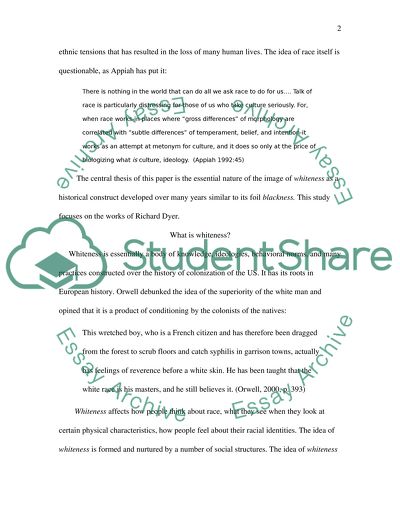Cite this document
(The Idea of Whiteness as an Evolving Historic Construct Case Study - 2, n.d.)
The Idea of Whiteness as an Evolving Historic Construct Case Study - 2. Retrieved from https://studentshare.org/culture/1538438-race-and-representation
The Idea of Whiteness as an Evolving Historic Construct Case Study - 2. Retrieved from https://studentshare.org/culture/1538438-race-and-representation
(The Idea of Whiteness As an Evolving Historic Construct Case Study - 2)
The Idea of Whiteness As an Evolving Historic Construct Case Study - 2. https://studentshare.org/culture/1538438-race-and-representation.
The Idea of Whiteness As an Evolving Historic Construct Case Study - 2. https://studentshare.org/culture/1538438-race-and-representation.
“The Idea of Whiteness As an Evolving Historic Construct Case Study - 2”. https://studentshare.org/culture/1538438-race-and-representation.


